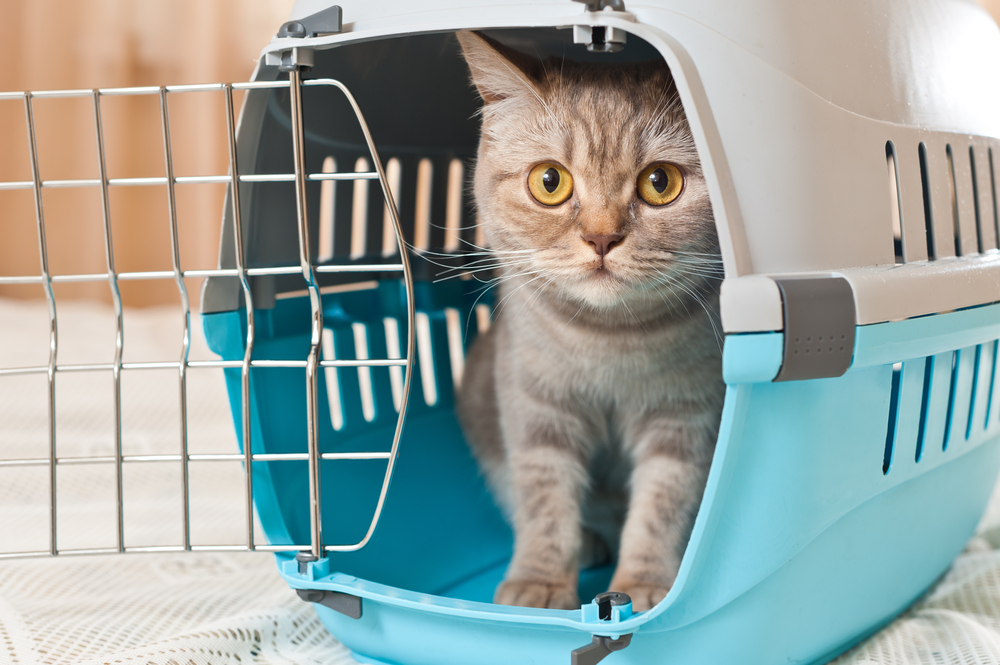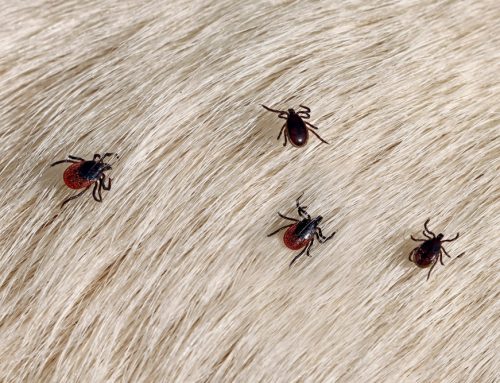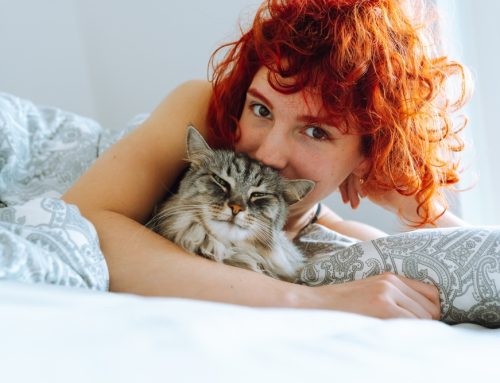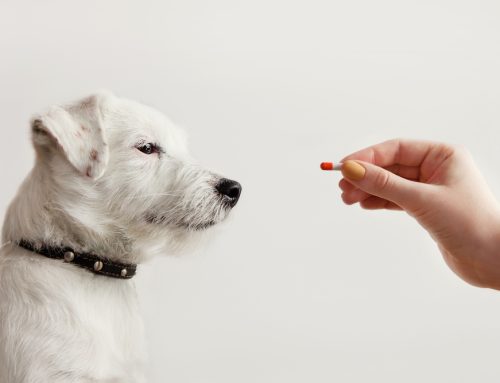Most pet owners are familiar with the guilt and worry that arise when they take their furry friend to the veterinarian. You likely wish your pet could understand that you are helping them stay healthy when you bring them in for regular veterinary care and that you aren’t punishing them for eating your new slippers. While you can’t prevent your pet’s fear of going to the veterinarian, you can help make the visit far less stressful. Our Best Friends Veterinary Care team shares five tips you can follow to prepare your pet for a stress-free veterinary visit.
#1: Do a practice run with your pet
Before your pet’s appointment, practice a dry run with your pet. To help decrease your furry pal’s anxiety the day of their veterinary appointment, practice each of the visit’s phases:
- Pet carrier — A pet carrier is the safest and most comfortable way to transport cats and small dogs to their veterinary visit, and acclimating your pet to a carrier can significantly ease their stress on the day of their appointment. To help your pet become familiar with their carrier, place it in the area of your home in which your furry pal enjoys spending time. Leave the carrier’s door open, so your pet can go in and out as they choose, making it seem less scary. Make the carrier comfortable by placing a familiar-smelling blanket or towel inside. If your pet is hesitant to go in, entice them by leaving treats and toys inside the carrier. As your pet becomes more comfortable going inside the carrier, close the door for a short duration. To acclimate your furry pal to movement, gently lift the carrier, moving your pet around your home, which can prepare them to take a brief car ride while in the carrier.
- Car ride — A car ride can be stressful for some pets. Make your pet’s car ride more peaceful by spraying calming pheromones, playing serene music, and driving smoothly, avoiding sudden stops or sharp turns. Secure your pet’s carrier in the back seat, the safest place for them while in the car.
- Veterinary clinic — Schedule a quick visit to introduce your pet to our friendly Best Friends Veterinary Care team without receiving an examination. We will give your pet treats and scratches while they become accustomed to us and our clinic’s sights and sounds.
#2: Schedule your pet’s appointment wisely
When scheduling your pet’s veterinary appointment, choose a time when the clinic is less likely to be bustling with activity, such as early morning or late afternoon on a weekday. The number of unfamiliar pets and sounds will be lower at these times. Also, ensure you have plenty of time before and after your pet’s appointment so you won’t feel rushed if a delay occurs.
#3: Exercise your pet before their appointment
Physical activity helps your pet release pent-up energy. A well-exercised, tired pet is more relaxed and less likely to react anxiously in an unfamiliar environment. Before their veterinary appointment, take your pet on a long walk or engage in a play session to help reduce their stress levels.
#4: Bring your pet hungry
A slightly hungry pet is more likely to be distracted by treats, so wait to feed your pet until after their appointment to help ensure they are more treat-motivated. Bring a supply of your pet’s favorite treats, and let the veterinary staff give them to your furry pal to help create a positive association. Give your pet a treat on the way to the clinic, when they arrive, when they walk through the door, and in the exam room, and reward them with treats and praise throughout their appointment.
#5: Consider calming aids for your pet

Some pets, especially those with anxiety, may have a difficult time adjusting to an unfamiliar environment. To help reduce your anxious pet’s stress and ensure they have a comfortable veterinary visit experience, follow these tips:
- Communicate with your veterinarian — Before your appointment, let our veterinary team know that your pet suffers from high anxiety, so we can take extra precautions to ensure as much of a positive experience as possible.
- Use pheromones — Sprays that contain pheromones, such as an Adaptil calming spray collar for dogs, can help comfort an anxious pet.
- Outfit your pet in a calming vest — Consider outfitting your pet in an adjustable wrap such as the ThunderShirt. A calming garment applies constant, gentle pressure to your pet’s body, and may help manage their anxiety.
- Provide calming supplements — Calming supplements can offer additional support to an anxious pet.
- Ask about medication — If a veterinary visit excessively stresses your pet, ask our veterinary professionals if an anti-anxiety medication or mild sedative would benefit your furry pal.
Veterinary visits can be stressful, but when you follow these tips, you can help your pet feel calmer. If you have questions about preparing your pet for a stress-free visit or want to schedule an appointment, contact our Best Friends Veterinary Care team.








Leave A Comment